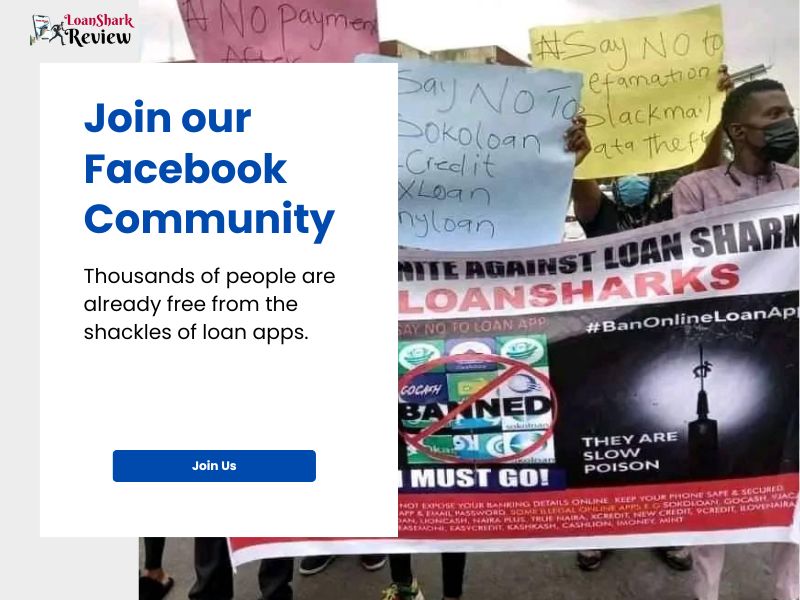Today I want to share a story that I hope will save you from the same trouble I experienced. If you’re like me, managing your finances through loan apps and online banking, you’ll want to hear this. It all started with a simple click—one that turned into a nightmare I wouldn’t wish on anyone.
The Unassuming Email
It was a bright Tuesday morning in Abuja, and I was sipping my coffee, checking my emails. I had recently applied for a loan through a popular loan app to help with some unexpected expenses. As I scrolled through my inbox, a message from what appeared to be my loan app provider caught my eye. The subject line read: “Urgent: Update Your Account Information.”
The email looked legitimate. It had the app’s logo, a professional tone, and even an official-looking signature. The message claimed that there was an issue with my account that needed immediate attention. All I had to do was click the link provided, update my details, and my account would be secure.
Without a second thought, I clicked the link and was taken to a page that mirrored the loan app’s official website. I entered my login information, thinking I was just doing a routine update. But little did I know, I had just fallen victim to a phishing scam.
The Aftermath
Within hours, I started receiving notifications of suspicious activities on my loan app account. My account was accessed from unfamiliar locations, and unauthorized transactions were made. Panic set in as I realized that my sensitive information had been stolen. I had unknowingly provided my login credentials to a scammer.
It was a harrowing experience. I had to contact customer support, freeze my accounts, and take several steps to secure my information. The scam not only caused me financial stress but also took up valuable time and energy to resolve.
Understanding the Risks
Clicking on suspicious links can have severe consequences. Phishing scams are designed to trick you into giving away sensitive information like usernames, passwords, and personal details. In Nigeria, where digital financial transactions are growing rapidly, such scams are becoming increasingly common.
Phishing attempts often come disguised as legitimate messages from banks, loan apps, or other institutions. These scams can lead to unauthorized access to your accounts, financial loss, and even identity theft. It's a serious issue, and being aware of the risks can help you avoid becoming a victim.
Step-by-Step Solutions: Protecting Yourself from Phishing Scams
After my experience, I took several steps to protect myself and ensure that I never fall for such scams again. Here’s what you can do to safeguard your financial information:
Verify the Source:
- Before clicking on any link in an email or message, verify its authenticity. Check the sender’s email address or phone number for any discrepancies.
- If you receive a message claiming to be from your loan app provider or bank, contact them directly through their official website or customer service number to confirm the request.
Look for Red Flags:
- Be cautious of messages that create a sense of urgency or threaten immediate action. Phishing scams often use these tactics to pressure you into making quick decisions.
- Watch for spelling and grammatical errors in the email. Many phishing attempts contain mistakes that can give away their true nature.
Hover Over Links:
- Before clicking, hover your mouse over any link in an email or message to see the actual URL. If the link address looks suspicious or doesn’t match the official website, don’t click it.
- On a mobile device, you can long-press the link to view the URL before tapping it.
Use Two-Factor Authentication (2FA):
- Enable 2FA on your loan app and bank accounts. This adds an extra layer of security, requiring a second form of verification in addition to your password.
- Even if a scammer obtains your login credentials, they won’t be able to access your account without the second factor.
Keep Your Software Updated:
- Regularly update your operating system, web browser, and security software to protect against the latest threats.
- Ensure that your loan app is also updated to the latest version to benefit from security patches and improvements.
Educate Yourself:
- Stay informed about the latest phishing scams and tactics. Awareness is key to avoiding such threats.
- Share your knowledge with friends and family to help them stay safe as well.
The Recovery
Dealing with the aftermath of a phishing scam was a wake-up call for me. It took weeks to resolve the issues, secure my accounts, and regain my peace of mind. I also learned to be more cautious and thorough in verifying any communication that asks for my personal information.
Since then, I’ve become more vigilant with my loan app and financial transactions. By following the steps outlined above, I’ve been able to protect myself and my sensitive information from future threats.
Conclusion: Stay Vigilant
In Nigeria, where digital scams are on the rise, staying vigilant and cautious is crucial. Clicking on suspicious links can lead to significant financial and personal harm, but with the right precautions, you can protect yourself.
Always verify the source of any communication that requests your personal information, be aware of red flags, and use additional security measures to safeguard your accounts. Remember, a moment of caution can save you from a lot of trouble.


.jpg)





.webp)






(0) Comment(s)
Write a comment